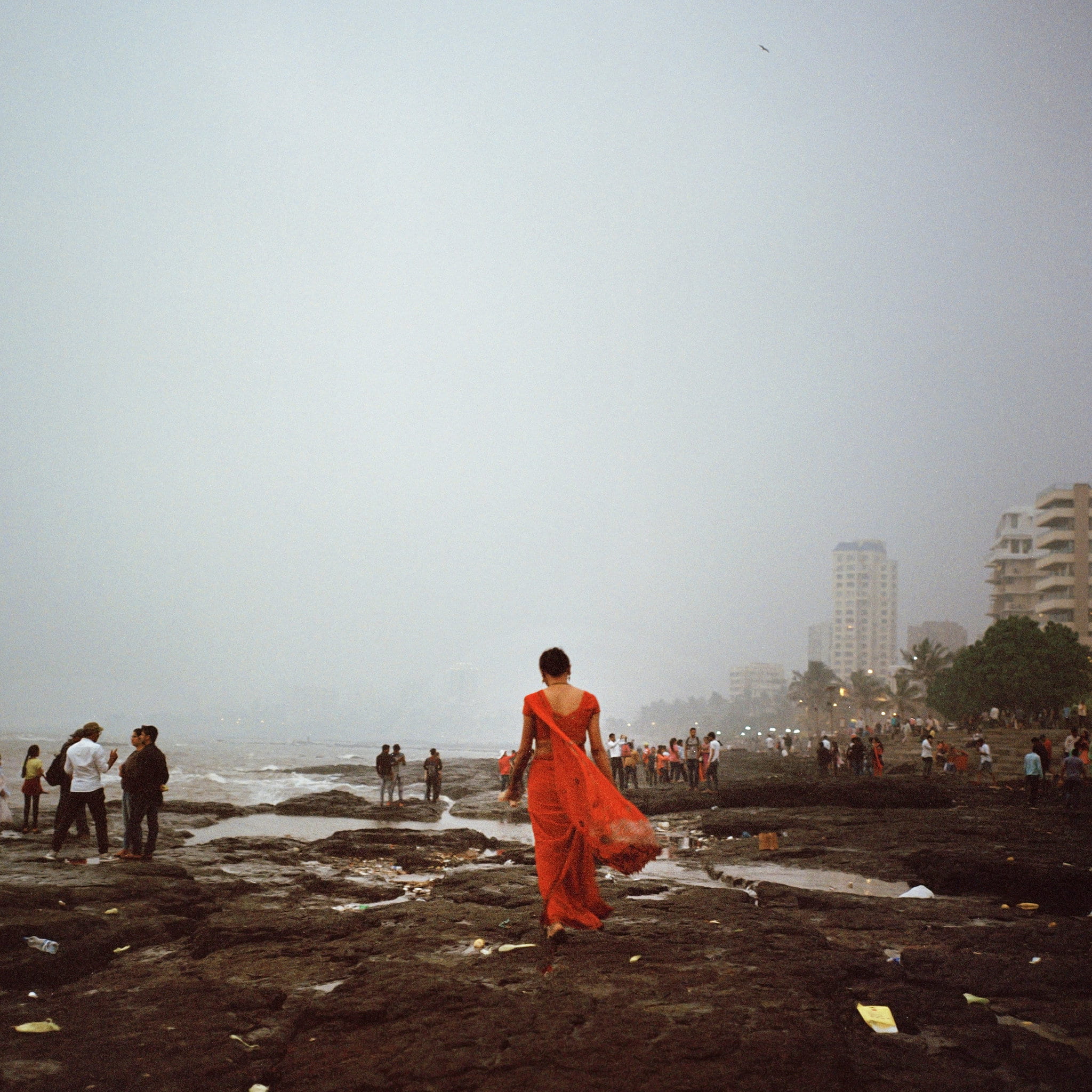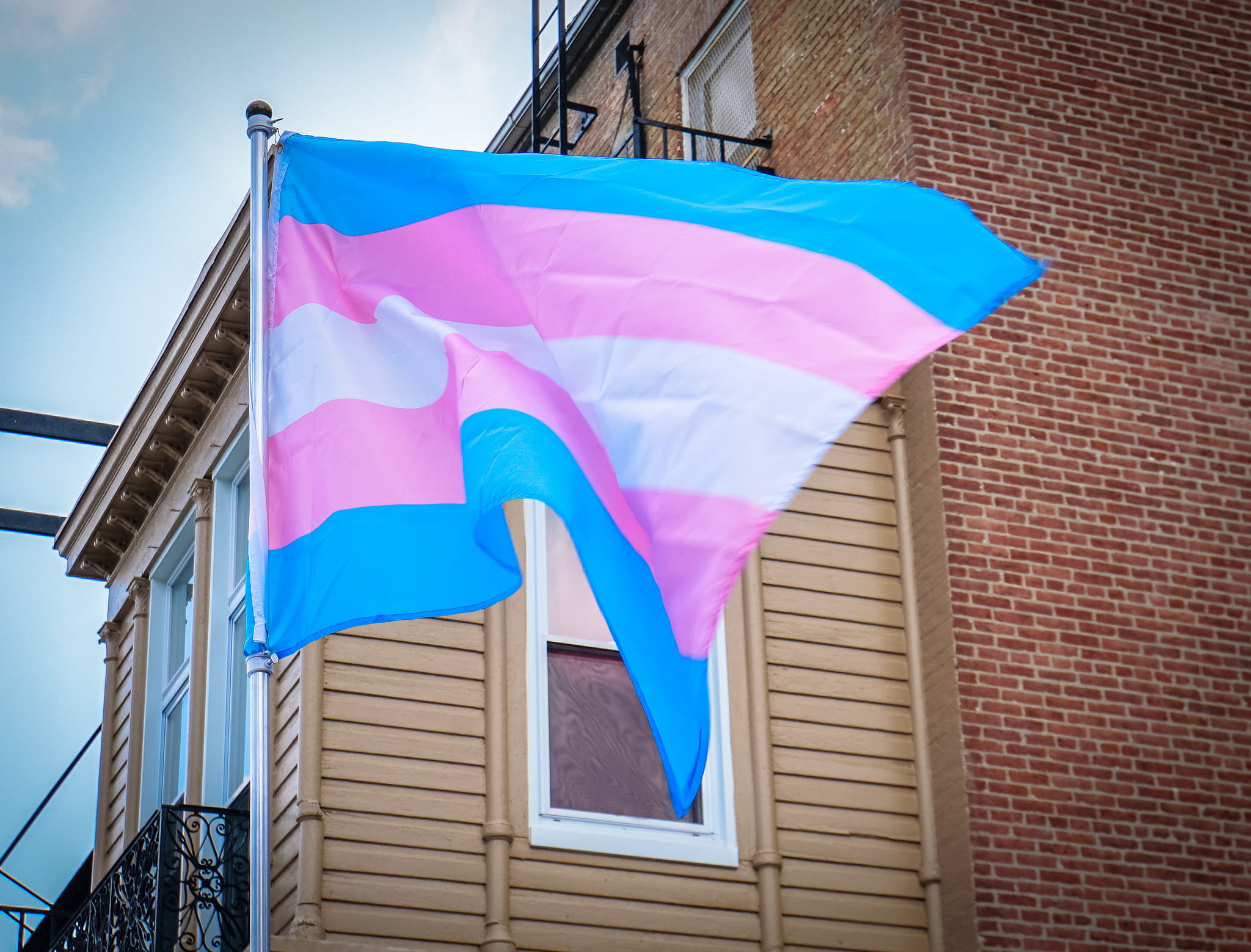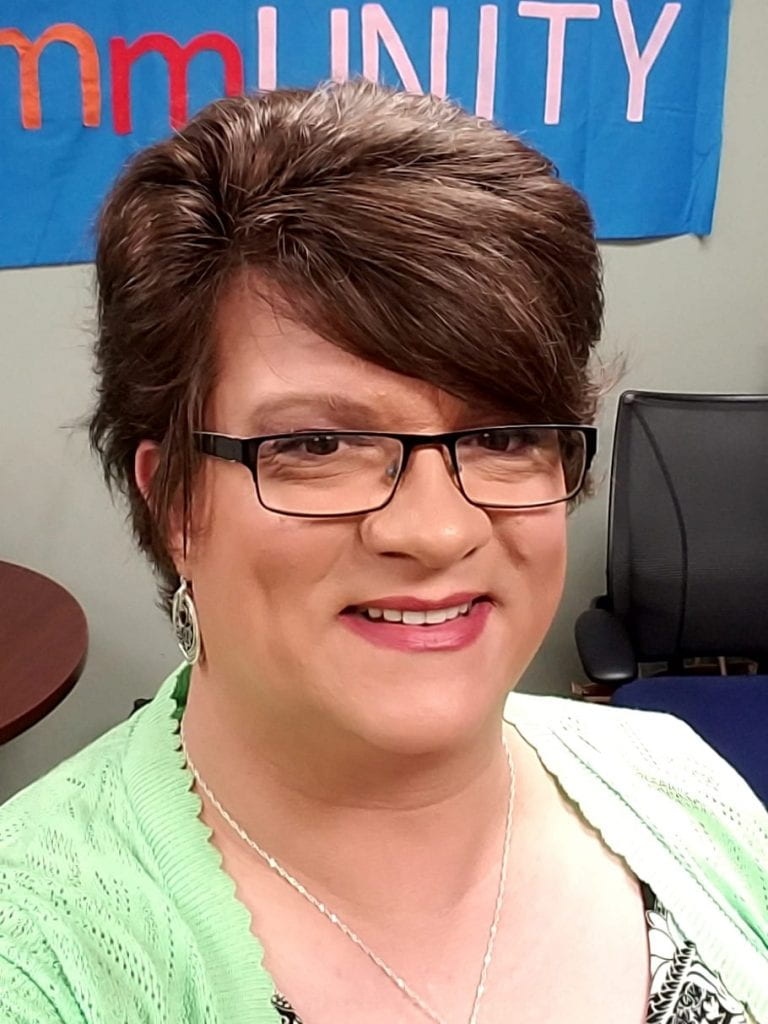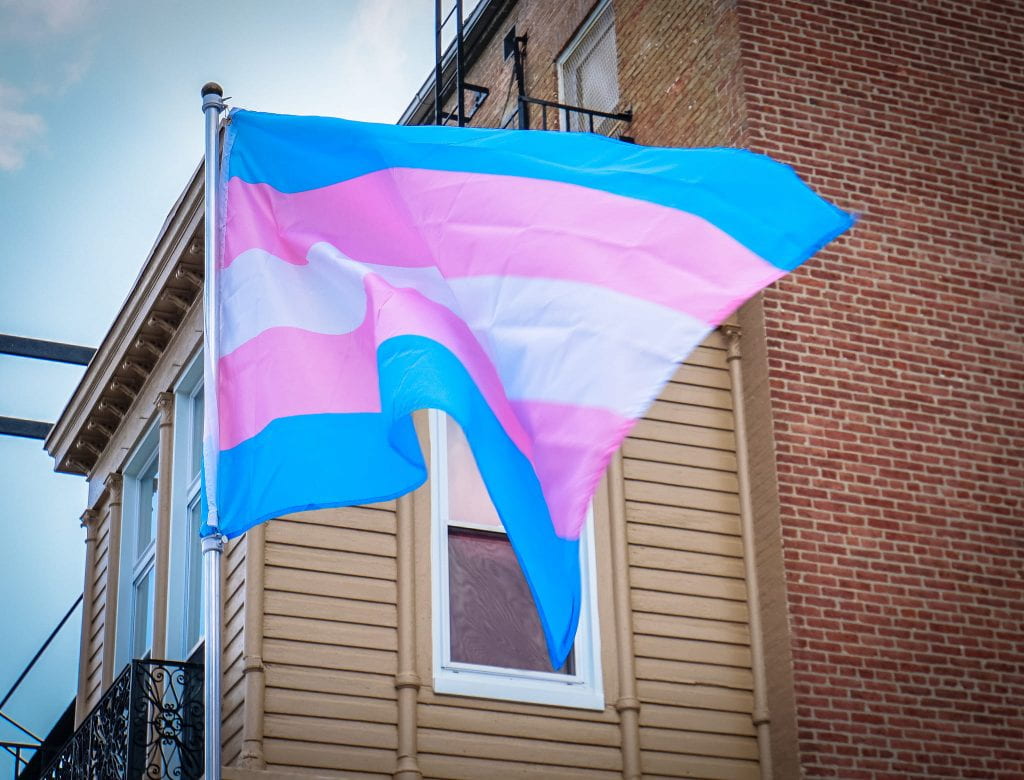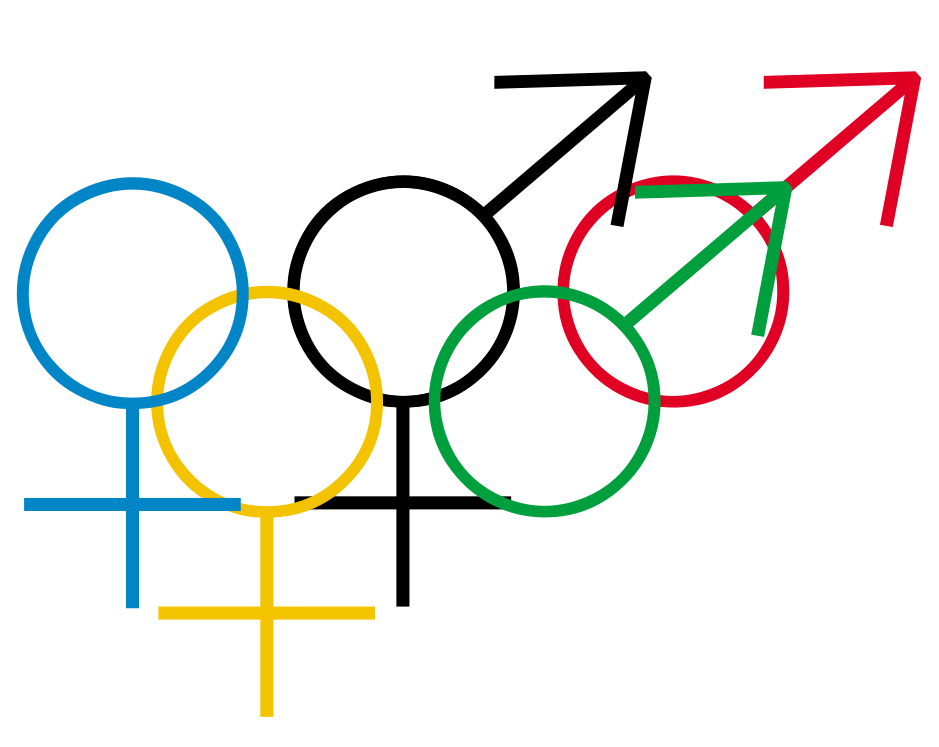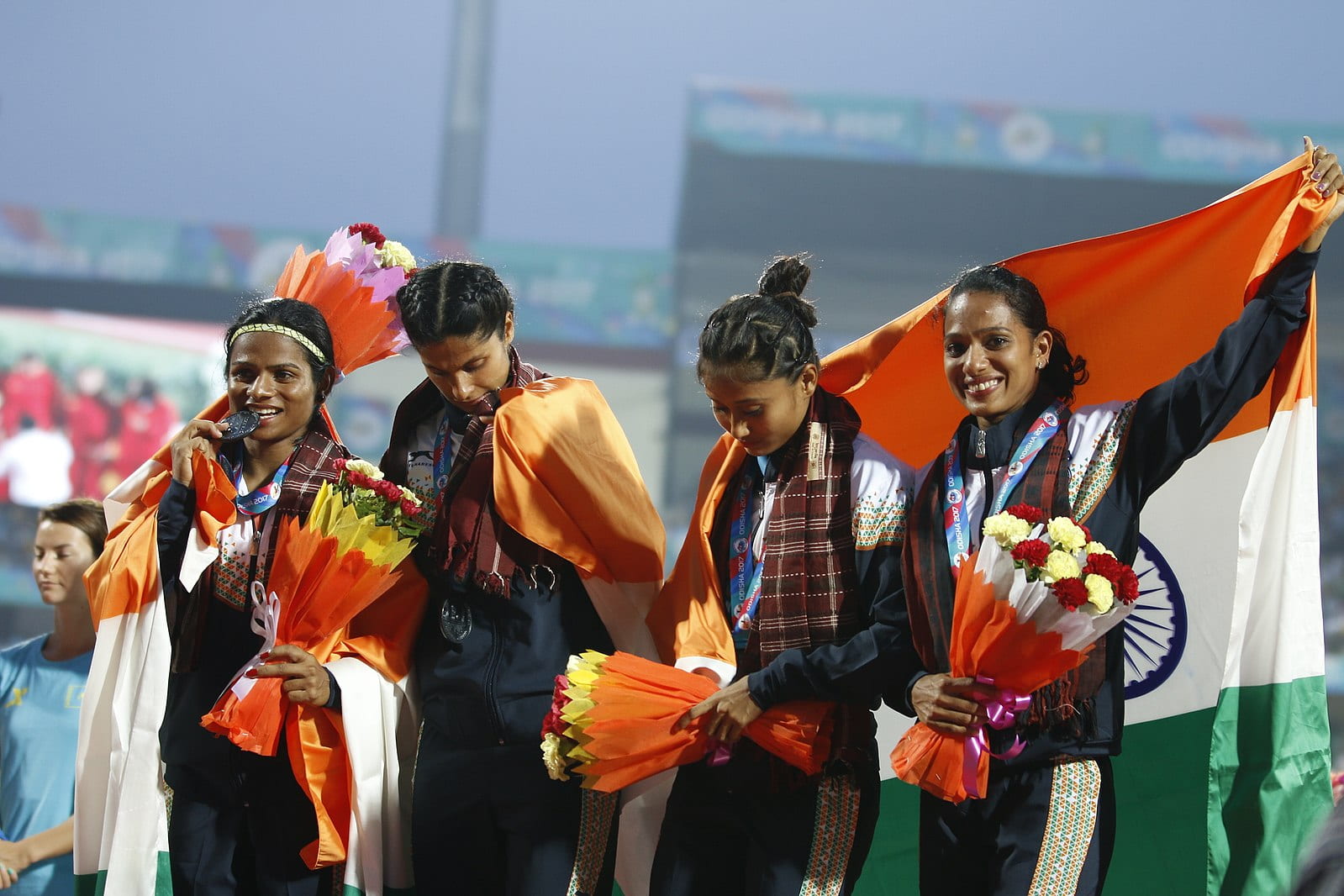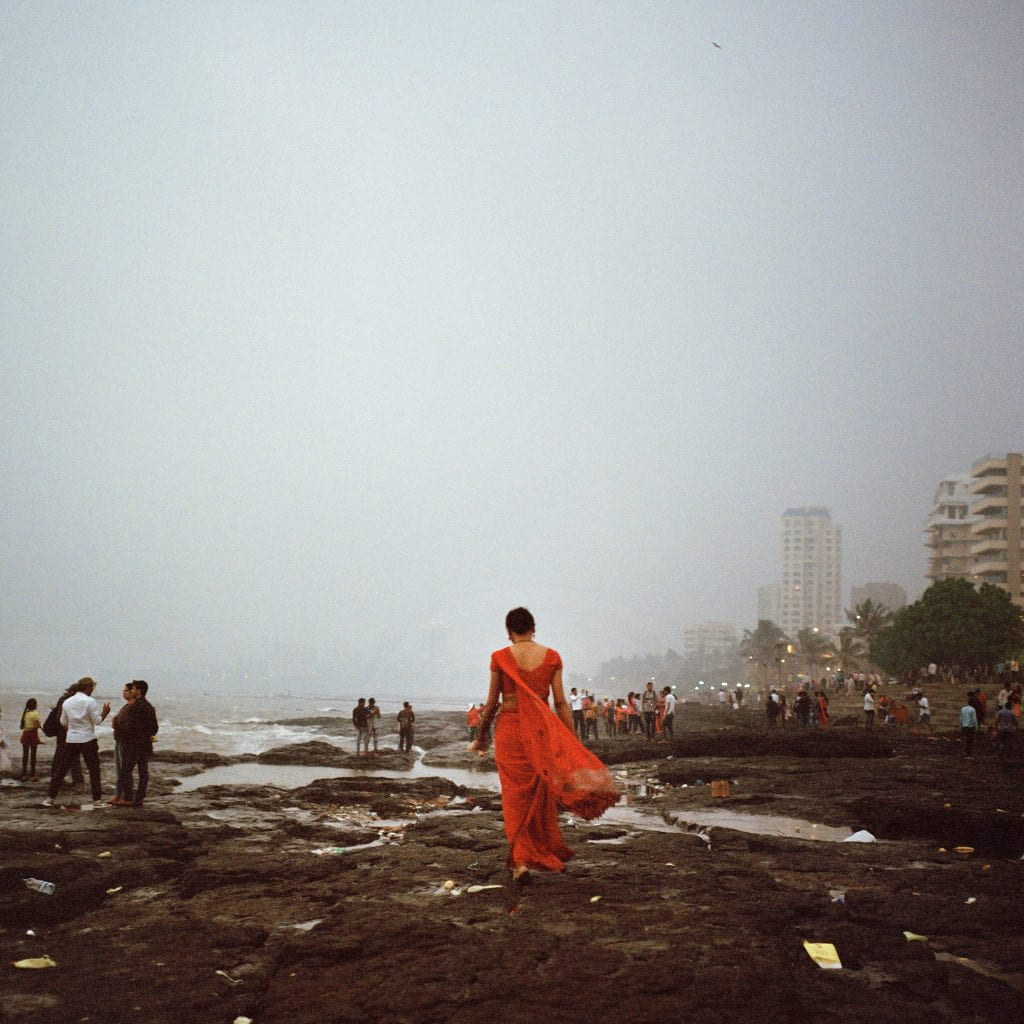
What is the Third Gender?
In April of 2014, the Supreme Court of India formally recognized the existence of a third gender. There is no formal definition of the third gender in India. People who identify as neither man nor woman are commonly referred to as Hijra or transgender. The Hijra have been subject to discrimination, harassment, and persecution for their genderqueer self-identification. Along with the queer community, Hijras have been targeted by law enforcement and government officials under Section 377. This law was used to criminalize any queer sexual acts and has been used to justify discrimination and mistreatment of the LGBTQ+ community since its enactment in British colonial era India.
What Is the History of the Third Gender In India?
Although the Hijra have been subject to much hate and discrimination in recent times, this has not always been the case. Hijras were well-respected and revered in ancient India. In fact, Hijras play important roles in many Hindu religious texts. One such text talks about the life of Lord Rama, one of the most virtuous Hindu heroes. At some point, Lord Rama was banished from his kingdom. After being banished, he told his followers that the men and women should wipe their tears and leave him. All of the men and women left. However, a group of people known as the Hijra remained standing before him. They were neither men nor women and refused to leave until Lord Rama returned fourteen years later. This community was praised for showing such loyalty.
Hijras also held religious authority and important court positions and administrative roles in Mughal era India. Believed to have the ability to bless, many would seek out Hijras for blessings during important religious ceremonies. In ancient India, the Hijras were a community that was respected for being extremely loyal and were well trusted enough to be given important religious and governmental roles. This begs the question. If Hijras played an important role in ancient Indian society, then why are Hijras ostracized and persecuted in modern India?
Why Is the Third Gender Ostracized Today?
The answer is due in large part to the British colonization of India. When the British took over direct rule of India and absolved the British East India Company, government officials sought to enforce their western ideas and beliefs on Indians. Lawmakers accomplished this goal by enacting moral laws that banned anything that western society viewed as unclean and dirty. This included the creation of Section 377 of the Indian Penal Code which made illegal any “unnatural offenses” that were deemed “against the order of nature.” From when Section 377 was implemented in 1858 to when it was recently deemed unconstitutional on 6 September 2018, Section 377 was used as justification to mistreat and punish Hijras, queers, and the LGBTQ+ community.
The western concept of hating and marginalizing anybody who was not straight and cisgender took hold in Indian society. The Hijra community was forced from a well-respected role as pillars of religious and governmental society to being social outcasts. This social exile is responsible for the socioeconomic and medical difficulties that Hijras face. Hijras are prone to being economically challenged because of the stigmas that they face. They are denied educational opportunities, jobs, and discriminated against in every area of their lives.
What are the Social, Economic, and Medical Problems Caused By Lasting Social Stigmas?
Despite gaining their independence from Britain in 1947, India has only recently begun to make progress on removing legislation that has been used to attack the Hijra and LGBTQ+ population. The many decades of subjugation stretching back generations have left a mark. Many of the hateful western views towards LGBTQ+ people have become deeply ingrained in India’s culture. Even with many public relations campaigns along with a growing group of supporters, the vast majority of Indians still are against Hijras. Many Indians don’t respect Hijras worth. Hijras are often called to come to auspicious events such as marriages and child-births for blessings. Many Indians view the Hijras as bringing good luck and warding off evil spirits. Yet because of widespread discrimination, the majority of Hijras are forced to beg for money since they are barred from most employment opportunities. Due to this, some of the common means of living for Hijras are begging, dancing, and prostitution.
Open employment discrimination has run rampant because of the lack of workplace protections and discrimination laws that are not comprehensive or well-enforced. Continued police harassment has also burdened the Hijra community. Many police officers have jailed and imprisoned the Hijra community over offenses such as begging, prostitution, and having queer sex. This community has had to resort to such practices because of the refusal to integrate Hijras into the economy. Yet despite not being able to find work, Hijras are attacked even more for trying desperately to survive in a society that has practiced institutionalized, pursued, and encouraged harmful policies towards this community since colonial times.
In addition to facing issues with getting employed, Hijras also have difficulties receiving access to basic medical care. There have been many unfortunate instances of medical malpractice against Hijra people. The Civilian Welfare Foundation is an NGO that conducted studies on the medical problems faced by the transgender community. The study found that the majority of doctors are not educated on gender identity issues and that a transphobic stigma is ingrained amongst medical professionals which is responsible for the lack of proper medical care for Hijras.
The study highlighted the stories of Saikat and Anushri. Saikat was a transgender patient who died from lack of treatment following a train accident. The reason is that doctors could not decide whether to admit her to the male or the female ward. Anushi was gang-raped by several men and sought medical treatment. However, doctors refused to treat her because she was transgender and even denied her access to anti-HIV medication. These two stories highlight the dangerous impact that social stigmas have on our society. In addition to facing persecution and discrimination daily, Hijra people are at risk for bodily harm and even death from bigoted doctors and nurses who are not trained to deal with gender identity issues.
Fear of the social stigmas for being associated with the transgender community is a major reason why many doctors try to avoid seeing Hijra patients and why some outright refuse treatment altogether. Adding on to social fears, healthcare professionals have been hesitant to treat Hijra people because of the risk of criminal prosecution under Section 377. Up until the recent 2018 Supreme Court decision, it was illegal to commit queer sexual acts as well as to aid and abet these acts. There have been cases of individuals being arrested simply for selling condoms to Hijra and queer people. The lack of proper medical care and access to safe sex talks and practices has led to an HIV rate amongst Hijras that is 100 times the national average. Doctors fear Hijra patients because they are misinformed and believe in multigenerational social stigmas. Hijra patients fear doctors because of the risks of being mistreated and harmed by substandard or complete refusal of medical care. This toxic mutual distrust can only continue to harm the Hijra community.
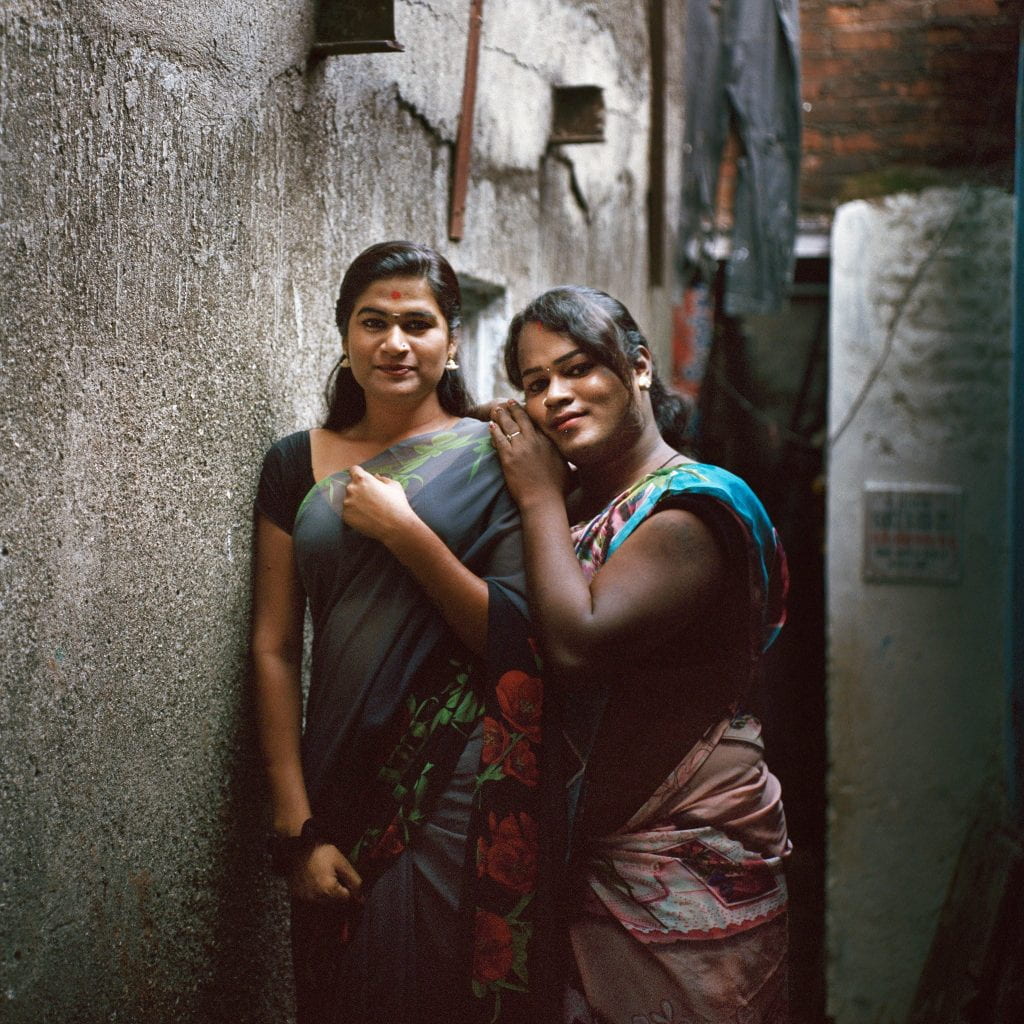
What Are the Recent Successes For the Hijra Community?
There are some recent successes that have helped the Hijra people. The Right for Transgender Persons Bill drafted in 2014 and passed in 2016 has been a major milestone in protecting the Hijra community. The law declared many forms of discrimination against Hijras to be illegal and banned the forcing of Hijras to beg or to leave their homes. Other benefits include the creation of a committee that focuses on helping Hijra pursue education by giving access to scholarships and textbooks among other needs. The bill has also allowed for Hijras to be recognized as socially and economically disadvantaged which qualifies Hijras for benefits from India’s Affirmative Action program. However, there are downsides to the bill as well. Hijra people have to go through a district screening process to receive their third gender certification and ID cards. This approach can lead to refusal of benefits to Hijras based upon the decision of a committee without oversight and comprised of people not trained in gender identity issues.
Also occurring in 2014 was the landmark Supreme Court decision that officially recognized the existence of the third gender. This has allowed for Hijras to opt for third gender classification on official legal documents such as driver’s licenses and passports. The decision has also signified acceptance of the Hijra community’s existence by a government that has continuously sought to marginalize those who aren’t cisgender. However, this decision has also come up short in addressing the many problems Hijras face. Third gender IDs, while motivated by good intentions, do not address many basic rights. When getting married, transferring property, or adopting children there are only cisgender ordinances in place. This means that Hijras cannot get married, cannot leave behind property for their kids, and cannot adopt kids that desperately need good homes while being recognized and identifying legally as the third gender.
Another recent Supreme Court decision that has increased the rights of Hijras happened in 2017. The court declared that the Right to Privacy was a fundamental right to all individuals and enacted protections for the privacy of Hijras’ sexual orientations. This will go a long way toward helping prevent socioeconomic and medical discrimination.
In addition to legal successes, there have also been gains in societal acceptance and integration of the Hijra community. In 2017 India accomplished many firsts. Joyita Mondal became India’s first third gender judge, Tamil Nadu became India’s first Hijra police officer, Natasha Biswas became India’s first third gender beauty pageant winner, and Kochi Metro Rail Ltd. became India’s first government-owned company to provide bulk employment to Hijras. There are plenty more Hijra success stories out there which are a sign of widespread societal change. There is hope that the social stigmas that have plagued the Hijra community will soon be fully erased.
It is clear that Hijras face many challenges in modern times. Widespread social stigmas and discrimination against this community were promoted for generations. It is also clear that such large problems take a long time to fix. However, if legal efforts and public relations campaigns are continued then India can one day become a society that fully embraces and supports all people regardless of sexual or gender orientation.
